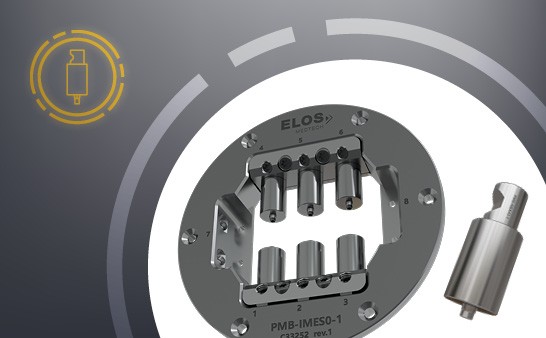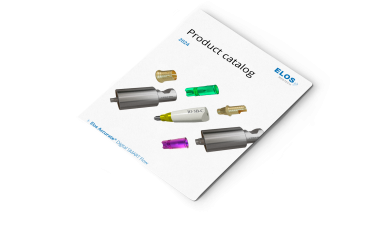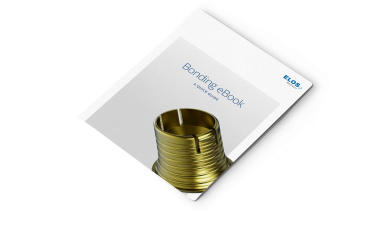Digital workflows have revolutionized restorative dentistry for the better in recent years. That much is beyond doubt. Another certainty is that digital workflows are still characterized by multiple, discrete steps: the clinician produces digital scans, the scan files are imported into a CAD application, they then go to the CAM software, then there is the abutment milling process… and on it goes.
Traditionally, clinics and labs have used separate solutions for these different steps. The outcome? Too much time and money spent trying to knit various products and systems into seamless workflows—and a loss of control over quality and timing (and of profit margins) every time key processes are entrusted to external parties.
The advent of validated in-house milling is however a major step towards realizing more streamlined, more profitable digital workflows. The new Elos Accurate® Pre-Milled Blank Solutions, for example, include blanks and a holder for in-house milling of custom abutments using imes icore, Planmeca and vhf milling machines. But as Ralph Erhard, Elos Medtech’s Senior Manager Technical Support and Sales puts it, the new solutions go far beyond being a “mere” product.
“The product is of course exceptional,” says Ralph, who has been deeply involved in the development of the new Pre-Milled Blank Solutions. “Just as important, thanks to our 510(k) clearance, the solutions offer labs a list of pre-approved and validated workflows between CAD, CAM and devices. This is so much more than regulatory compliance. It actually answers the big question posed by many labs: ‘How can I perform in-house milling in a way that protects profit margins, ensures quality, and provides validated workflows without incurring the costs of getting 510(k) clearance?”
Ralph is however keen to stress that the workflow benefits are not limited to US-based labs and clinics. “All the products in the Elos Accurate portfolio,” he says, “are approved by the relevant European bodies, and meet the provisions of the European Union’s Medical Device Regulation that are due to come into effect over the next few years. The bottom line is that labs in Europe and the US can benefit from the solutions, secure in the knowledge they are satisfying regulatory demands.”
Peace of mind to piece of time
In-house milling with validated workflows translates into significant financial benefits for labs. Removing an entire external step from the manufacturing phase means major time and cost savings. Instead of waiting days for products to return from milling centers, labs can mill customized abutments in under an hour. “Customization has obvious clinical and esthetic benefits,” says Ralph. “Then there’s the added patient satisfaction that comes from not having to wait for what essentially is a stock solution. Moreover, labs can boost their margins by offering specialized abutments—abutments they mill under their own control, without having to pay a premium to an external partner.”
But the benefits extend far beyond the commercial. “Truly customized abutments,” says Ralph, “deliver a level of functionality and stability that just isn’t possible with off-the-shelf abutments.” But achieving such high-performance abutments depends on several factors, one of which is the stability of the blank during the milling process. “That’s why,” adds Ralph, “we put such emphasis on developing a proprietary locking system for the new blanks.” Called GuideLock™, the system clamps the blank in a way that virtually eliminates vibration. But just as important is the accuracy of a blank’s position—something Ralph says has been optimized so that the blank’s position is aligned with that expected by the CAM. “After all,” he says, “Pre-Milled Blank Solutions are a part of the Elos Accurate family, so accuracy is of course paramount.”
For Ralph, it is the combination of innovative product features with validated and open workflows that makes the Elos Accurate Pre-Milled Blank Solutions so appealing to today’s labs and clinics. “On the one hand, there is the freedom of action that comes from being able to use different milling machines and produce customized abutments. On the other, there are the technical breakthroughs—the blank's clamping stability and positional accuracy proceeded in a high-precision holder —that make the solutions so innovative.”



